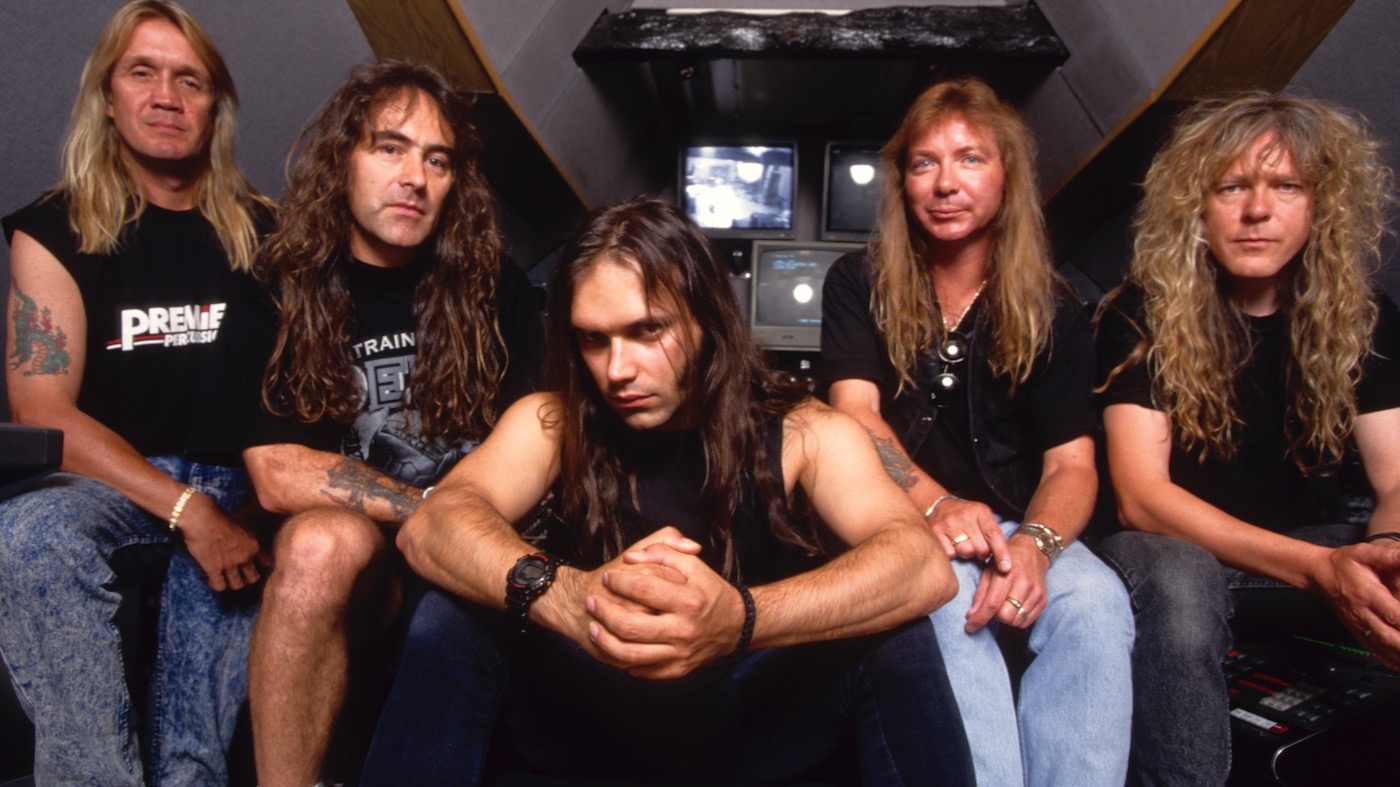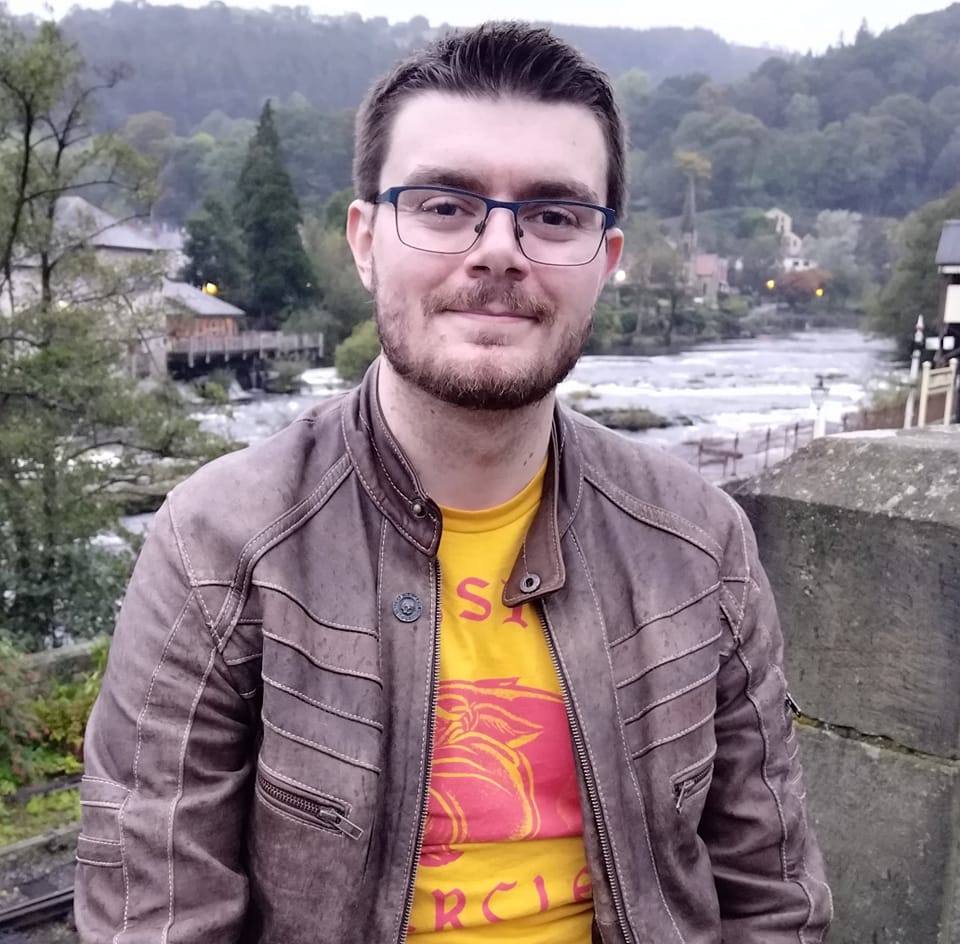On August 28, 1993, Iron Maiden killed Bruce Dickinson. It was the final night of the Real Live Tour, and the singer had grown bored. He’d fronted The Beast for 12 years, through seven albums and countless blockbuster tours, but things had grown stagnant. Routine. Ordinary.
The adventurous exuberance that once spawned masterpieces like Powerslave and Seventh Son Of A Seventh Son in the 1980s had dried up. In its place, newest records No Prayer For The Dying and Fear Of The Dark were shaky retreats to the NWOBHM formula initially abandoned after Killers. Recording sessions in such far-flung paradises as the Bahamas had been replaced by regular returns to Steve Harris’s home studio in Essex. Plus, on the road, the venues weren’t getting bigger anymore. So Bruce left – and he left in dramatic fashion.
Filmed at Pinewood Studios, his swan song concluded with the band “murdering” him in – what else – an iron maiden. It was bombastic and morbid (the perfect Maiden goodbye), but left behind a rudderless ship. The band received more than 1,500 demos from hopefuls yearning to fill the vacant slot, which were whittled down to just 12 auditions. From that dozen emerged the controversial chosen one: Blaze Bayley.
Blaze was the polar opposite to Bruce. While his predecessor rose to heroism by blaring lyrics about Romantic poems and sci-fi epics, the Brummy had been barking jocular sleaze in cheeky chappies Wolfsbane. His abrupt promotion to the biggest metal band in Europe remains contentious even today, yet was precisely the redefinition his new cohorts craved.
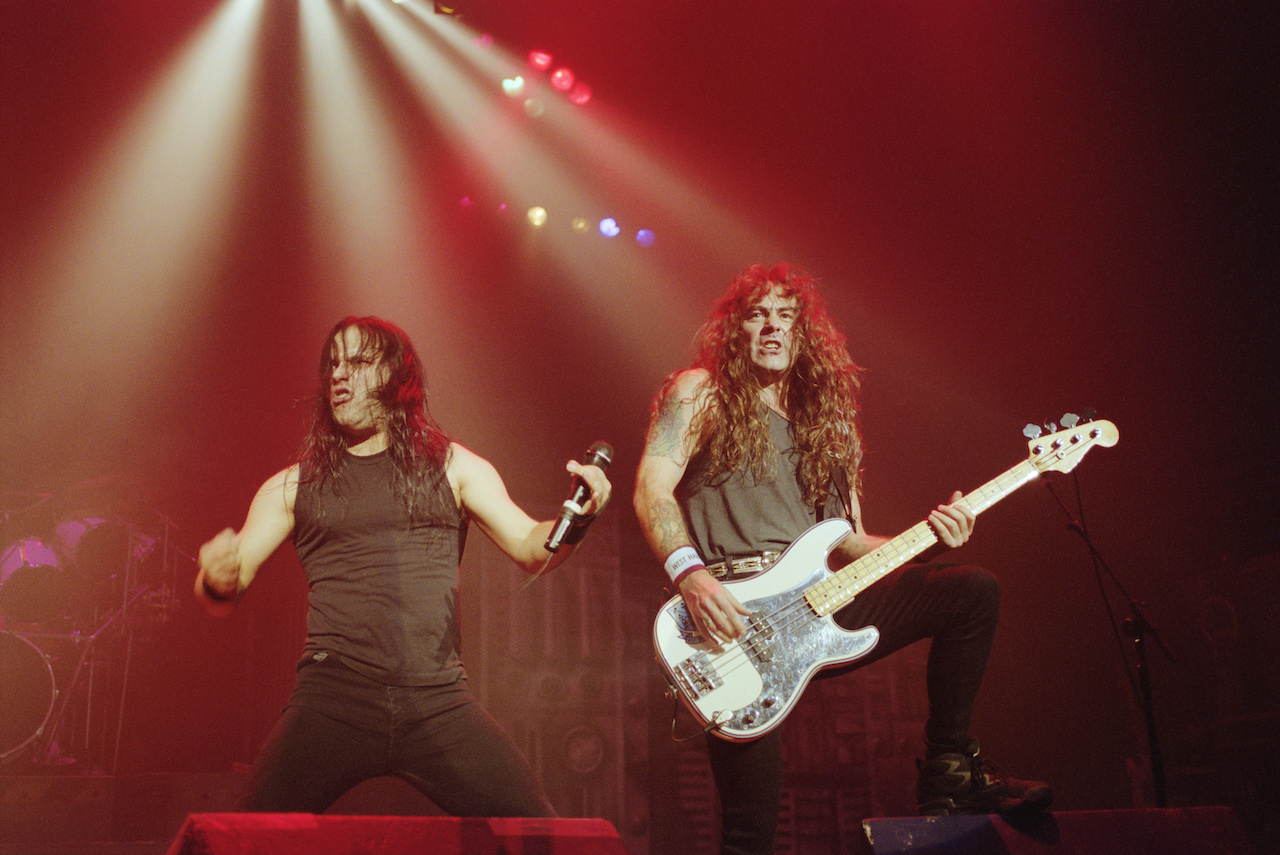
“A huge part of it was they wanted a change,” Blaze remembers almost 30 years on. “They had had Bruce’s voice for a long time, and mine is nothing like his. Steve [Harris, bassist] heard me warm up and, hearing my lower register, he thought that was so interesting.”
Despite the ferocious competition around him, Blaze was always the apple of Maiden’s eye. Helpfully, he’d already met his eventual bandmates long beforehand, when Wolfsbane supported them in 1990. “At the end of the tour, I gave everyone t-shirts and CDs,” he continues. “So, when my name came up to audition for Maiden, Steve already had my voice on CD.”
With the Maiden machine complete once more, composing for album number 10 began. Blaze attended his first songwriting session in April 1994, making the two-and-a-half-hour drive from Birmingham to guitarist Janick Gers’ London home with lyrics swirling in his head – paramount among them was one simple chorus: ‘Falling down! Falling down! Falling down!’ Paired with a speedy main riff from Janick, the words became the core of Man On The Edge, the future lead single of Blaze’s first Maiden outing, The X Factor.
“I’ve always written but, because Wolfsbane had such a ‘good time’ image, people dismissed my lyrics on many occasions,” he says. “So, when Janick and I took the bones of the idea to Steve and he thought it was good, that was incredible! In my eyes, he’s a giant – someone who’s written so many important songs in pop culture and heavy metal. Someone I admired as a songwriter said, ‘That’s a good idea.’ Wow!”
The lyrics to Man On The Edge were blatantly inspired by the 1993 film Falling Down: an anticapitalist melodrama with a protagonist who pretends to commute to work so that he can avoid telling his family he’s been made redundant. It was that central idea that sparked Blaze’s imagination.
“What connected that film with me is, when I was at school, it was common to have a paper round. I signed up, but I got fired after a few months. I was scared of my stepfather at the time, so I’d still get up at 6:30 and leave the house. I’d wait for him to go to work before I returned. It wasn’t a good relationship between him and I – I’ll leave the rest to your imagination.”
A thrashing anthem with grittier vocals that elicit Paul Di’Anno-era flashbacks, Man On The Edge was a reinvigoration of the vintage Maiden formula on an often meandering and difficult record. Despite the enthusiasm from new blood Blaze and Janick (who himself had only joined in 1989), The X Factor’s genesis was plagued with low morale, stemming from line-up shifts, Steve Harris’s recent divorce and press that was, at best, apathetic.
“It was a time of turmoil,” Blaze admits. “In the UK, the writers at the time had it in for Maiden, well before Bruce left. It was, ‘Oh my God, haven’t Maiden died yet? Don’t you know, grunge is here!’ I remember one time, Steve asking, ‘Oh, what will they think about this idea? Will they slag me off because it’s something I always do?’ I said, ‘Steve, fuck ’em. You’re Iron Maiden! Do what you fucking want! It’s for the fans, not the journalists.’”
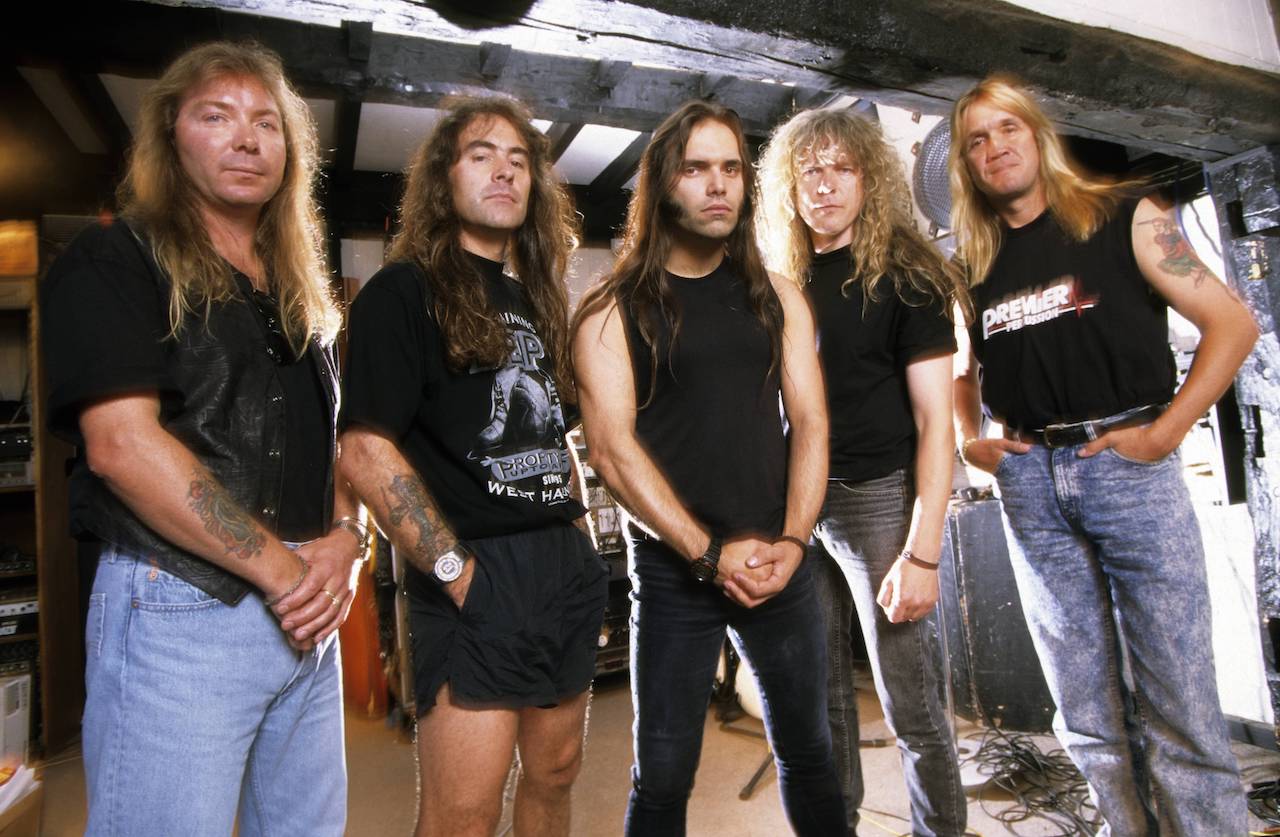
Nonetheless, the commercial dents were still deep enough to get the band onto Top Of The Pops on two separate occasions: firstly with a typical in-studio performance and shortly afterwards with a music video recorded atop the Masada fortress in Israel.
“We’d played Bethlehem the night before, which was a rush in itself because we did The Number Of The Beast in Bethlehem!” says Blaze. “All our gear had to go up the chair lift and then we did the video in 100 ̊ heat with no shade. They hired a helicopter for the shoot and, at one point, it came over so low that we all hit the deck. They were army pilots that have seen combat. I bet he was thinking, ‘I’ll get these rock stars!’”
The clip had been filmed during the second day of Maiden’s X Factour. Blaze’s first trek with the band, it lasted almost a year and stretched from the Middle East to South Africa, then Europe and both the Americas.
Although Man On The Edge was the opening number throughout, the tour proved prone to setbacks. The London date was at a sold-out Brixton Academy with 5,000 fans, despite Maiden headlining the 12,500-capacity Wembley Arena just three years prior. The band were spat at in Chile, and Blaze clearly struggled against the scorching high notes of mainstays like The Trooper.
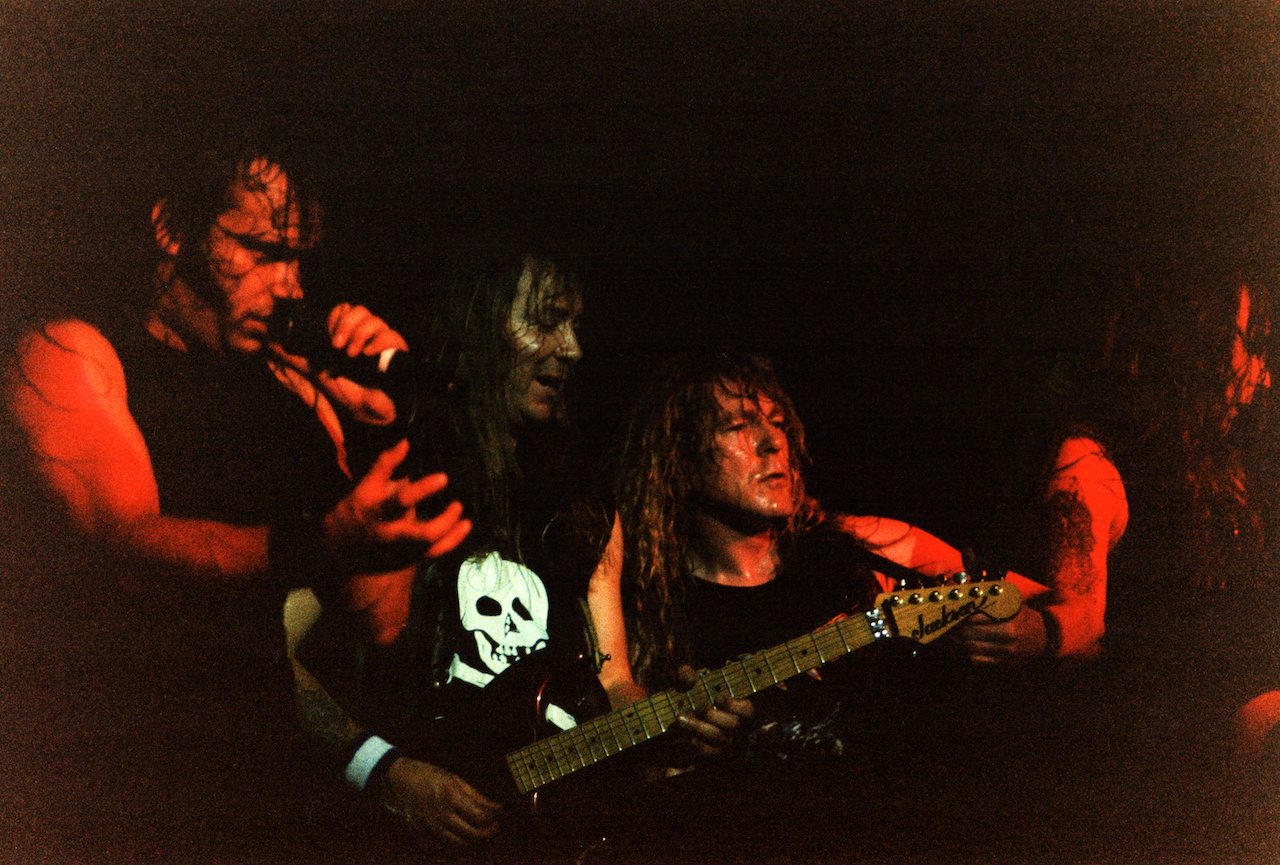
However, the singer remained a part of Iron Maiden for two more years following the X Factour’s conclusion. After returning home they promptly began on 1998’s Virtual XI, which peaked at No.16 on the UK Albums Chart. Later, vocal issues midway through the accompanying world tour led to several US dates being cancelled.
Finally, on February 10, 1999, Blaze’s five-year-long dream ride suddenly crashed. It was announced that day that both Bruce Dickinson and ex-guitarist Adrian Smith had returned to the fold. More than two decades later, Blaze attributes his ousting to simply business, with Maiden needing “something bigger” than just a new album or tour to reignite their dwindling momentum.
“Black Sabbath had a reunion and Deep Purple had a reunion, so, if we wanted to get interest back in the band, a new album wouldn’t have cut it,” he explains. “Bruce came back and Maiden was back on fire. It was a story fans could talk about and labels could push.
“I was told in a meeting: ‘Sorry, Blaze, this is what’s happening.’ And that was it. Then Steve and I had a chat on our own. He really thought I had a future in music, and so did the management. Everyone was very supportive.”
The reunion very quickly paid off. Comeback Brave New World saw them climb commercially for the first time since ’92, while Brixton sell-outs turned into Earl’s Court-level extravaganzas.
As for Blaze, he used the material he’d intended for a third Maiden album to launch a solo career, starting with 2000’s Silicon Messiah. “It got great reviews,” he says, before admitting the caveat: “It failed commercially, but fans loved it.”
Now a prolific solo performer of 20 years, Blaze believes his biggest takeaway from Maiden, and especially Man On The Edge, is a skyrocketing of self-confidence. “When I started writing my solo albums, I could say, ‘I’ve had a Top 10 hit around the world. I wrote the lyrics and melody, and no one can take that away from me.’
“No matter what you do in life, if you have confidence, it rubs off and you can get through.”
Blaze Bayley's new solo album, War Within Me, is out now. Buy it here.
